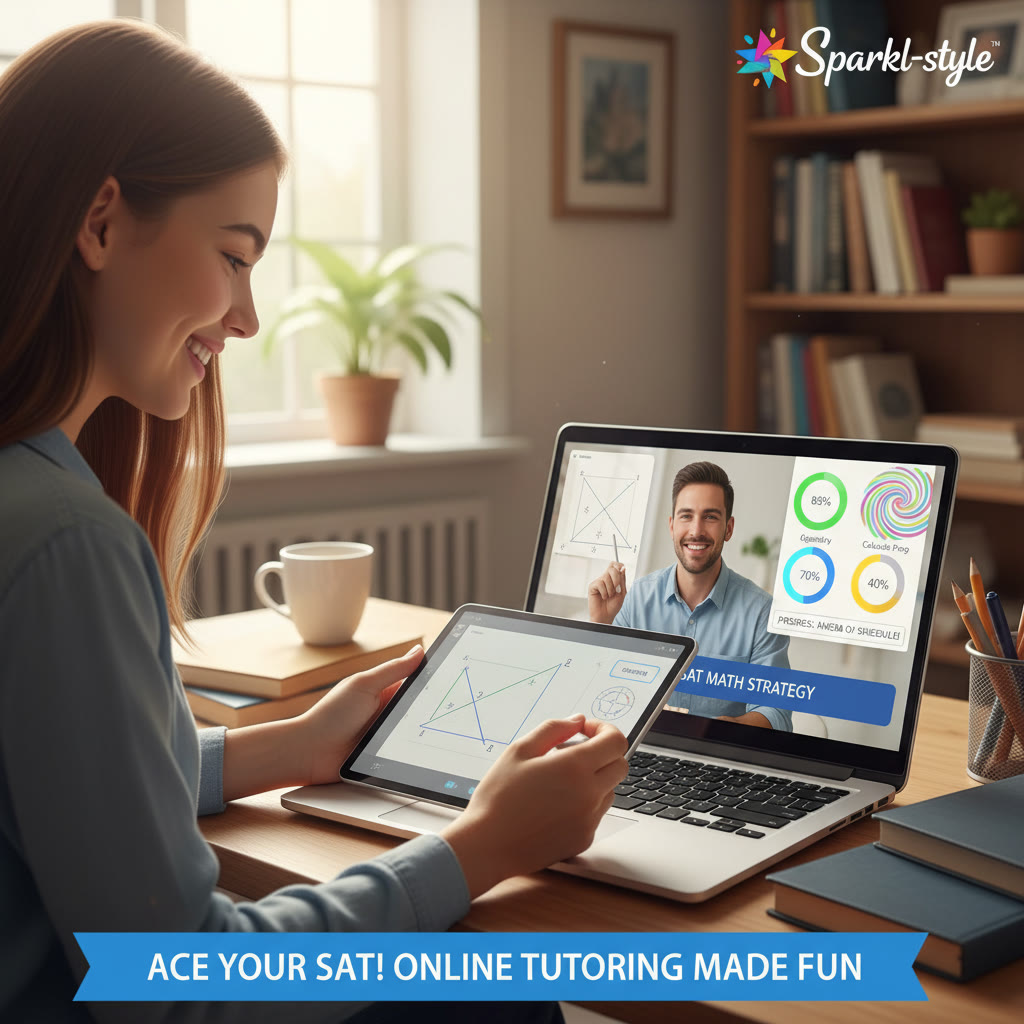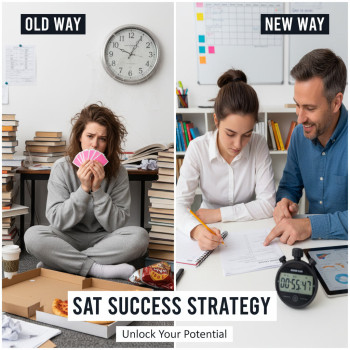Why this matters: SAT scores and the competitive college landscape
When you’re applying to selective colleges — the Ivies, elite technical schools, and a handful of small liberal arts colleges — SAT scores still play a big role. Even as many institutions adopt test-optional policies, the middle 50% SAT ranges reported by schools remain a fast, neutral way to see where your score stacks up. For students and parents, understanding which colleges typically admit students at the very top of the SAT scale helps shape realistic decisions about where to apply, how much to invest in test prep, and when to lean on other pieces of the application like essays, portfolios, and extracurriculars.

Top colleges that expect the highest SAT scores — what that really means
Colleges that report the highest SAT ranges typically have a middle 50% (25th–75th percentile) total score cluster in the 1460–1600 band. That doesn’t mean a 1600 is required — it means admitted students usually score very high. Schools in this group include highly selective private universities, specialized technical institutes, and a few small liberal arts colleges. Admissions there are competitive, holistic, and nuanced; a top SAT helps, but it’s not the only factor.
How to read an SAT range
When a college shows a reported SAT range, it’s communicating the middle 50% of admitted students’ scores. Practically:
- If your score is above the 75th percentile, that school is likely a safety academically (but not necessarily for admission overall).
- If your score falls within the 25th–75th percentile, it’s a match — you’re in the typical profile.
- If your score is below the 25th percentile, it’s a reach — still possible, but other application strengths matter more.
These ranges help you categorize schools into reach, match, and safety — an essential step for building a balanced list.
Snapshot: Sample score table for understanding top-tier expectations
The table below gives a conceptual snapshot rather than a rigid list. Think of these bands as general signals: top-tier schools often show middle 50% SAT ranges clustered at the very top of the scale.
| College Tier | Typical Middle 50% SAT Range (Total) | Admissions Note |
|---|---|---|
| Ultra-selective (Ivy / Top tech) | 1500–1570+ | Extremely competitive; holistic review; exceptional extracurricular and essays matter. |
| Highly selective (Top liberal arts & others) | 1460–1530 | High academic expectations; demonstrated interest and fit can help. |
| Selective (Strong national presence) | 1380–1500 | Solid combination of GPA, recommendation letters, and test scores. |
| Moderately selective | 1250–1400 | Plenty of opportunities; test scores are important but not sole drivers. |
How to use this table
Start by comparing your highest official SAT score to the middle of the target school’s range. If you’re in the upper half, your SAT is a strength. If you’re below, identify other areas where you can shine and consider test retakes or targeted prep to improve specific sections.
How selective schools actually use SAT scores in admission decisions
Admissions officers use the SAT primarily as a standardized metric to compare applicants who come from different schools and curricula. It’s a snapshot of college readiness in reading, writing, and math. But remember: a high SAT score isn’t a golden ticket — it’s a component. For many selective colleges, the admissions process is holistic: your transcript, rigor of coursework, recommendation letters, essays, interviews, and unique talents are all weighed alongside scores.
Real-world context: When SAT scores tip the balance
- Near-identical academic records: If two applicants have identical grades and activities, a higher SAT may tilt the decision.
- Scholarships and merit aid: Strong SATs often unlock merit scholarships or honors program invitations.
- STEM and technical majors: For math-heavy majors, higher Math section scores carry extra weight.
Why some top colleges still care a lot about SAT scores
Even with test-optional policies becoming more common, many elite institutions continue to value SAT scores for several reasons:
- Standardization: Scores provide a common yardstick across diverse high schools.
- Placement and advising: Scores help place students into the right level courses.
- Scholarship criteria: Many campuses use SAT thresholds to award merit aid.
Also, some schools that became test-optional during the pandemic have shifted their policies back to requiring or strongly recommending scores for certain applicant groups. That’s why it’s critical to check the most current policy directly when applying.
Build a balanced college list around SAT realities
A balanced list reduces stress and raises the odds of acceptance. Use a mix of reach, match, and safety schools tied to your current scores and realistic targets.
Practical selection strategy
- Start wide: Research a broad pool of schools that interest you based on major, campus size, location, and culture.
- Use score bands: Place each college into reach/match/safety buckets using their reported middle 50% SAT ranges.
- Refine with fit: Narrow your list based on programs, affordability, and where you can thrive.
How to improve your Digital SAT performance efficiently
Improvement is a combination of strategy, focused practice, and smart resources. Because the SAT is now delivered digitally, you’ll want to blend content review with digital-native practice — timed sections on a laptop, navigation strategies, and stamina training.
Actionable steps for the next 8–12 weeks
- Diagnose: Take a full-length, timed Digital SAT practice test to identify your baseline and weakest sections.
- Targeted practice: Spend 60–75% of study time on your weakest section, not just on what you already know.
- Daily micro-sessions: Short, focused practice (30–45 minutes) consistently beats sporadic 4–5 hour marathons.
- Timed section drills: Practice the new digital interface, question navigation, and adaptive section pacing under realistic conditions.
- Review mistakes: Track every error in a study journal and categorize them (content gap, careless error, timing issue, misread).
- Full-length sims: Do at least one full-length digital simulation per week in the final month before the test.
Tools and supports that move the needle
Targeted, personalized help can accelerate progress. One-on-one tutoring that adapts to your strengths and weaknesses, tailored study plans, and AI-driven insights to spot patterns in your mistakes can cut months off traditional study timelines. Sparkl’s personalized tutoring approach — pairing students with expert tutors for 1-on-1 guidance, customized study plans, and data-informed practice — is the kind of targeted support that fits naturally into this strategy. When a tutor helps you focus on your real weak points, practice becomes more efficient and less stressful.

Examples: How students improved scores and changed their application prospects
Story 1 — From match to reach: Mia’s case. Mia started with a 1380 and a strong GPA. After targeted math remediation, weekly full-length digital practice, and essay workshops, she raised her SAT to 1500. That jump expanded her list to include a handful of reach schools and unlocked a merit award at a top-choice university.
Story 2 — Strategic gains: Jamal’s case. Jamal’s composite was 1320 with a lower Reading & Writing score. He focused on vocabulary-in-context strategies and passage mapping. Over three months he gained 120 points — enough to move some competitive state universities from reach to match.
These outcomes are achievable with focused strategy, regular practice, and the right guidance — not through endless guesswork.
What to do if your SAT is below top college ranges
Don’t panic. Admissions is holistic, and there are smart moves you can make:
- Strengthen application components: Emphasize leadership, research, portfolio work, or standout projects.
- Consider a test retake with a focused plan: Gap analysis, targeted lessons, and simulation-based practice.
- Apply broadly: Include a mix of reach, match, and safety schools. Look for colleges that weigh other talents more heavily.
- Explore alternate pathways: Some students start at a community college or apply for transfer after a year with strong grades.
Choosing a prep approach that fits your family
Every student learns differently. The three common prep models are self-study, group classes, and one-on-one tutoring. Here’s a quick comparison to help you choose.
| Approach | Best for | Pros | Cons |
|---|---|---|---|
| Self-study | Highly disciplined students | Low cost, flexible scheduling | Requires strong self-direction; can plateau |
| Group classes | Students who benefit from structure | Structured curriculum, peer competition | Less individualized feedback |
| 1-on-1 tutoring | Students needing targeted improvement | Customized plans, faster gains, accountability | Higher cost but more efficient per hour |
For students aiming at the highest SAT ranges, 1-on-1 tutoring often provides the best returns. With a tutor, practice is targeted, time is used efficiently, and the plan adapts as you improve. Personalized programs that combine human tutors with smart data — for instance, AI-driven insights that track recurring errors and mastery — can be especially powerful.
Navigating test-optional policies and where SAT still matters
Test-optional does not mean test-irrelevant. Many selective schools remain test-optional, but applicants with strong scores should still consider submitting them because:
- High scores can strengthen merit aid or scholarship chances.
- Scores can offset weaker aspects of an application, like a lower GPA due to one rough semester.
- For international students, SAT scores can provide a familiar benchmark in the absence of local transcripts.
Always check a school’s current policy for the exact application cycle you’re applying to. Policies can change year to year, and what’s test-optional one year may shift the next.
Putting it all together: a suggested action plan (6–9 months out)
Here’s a practical timeline to manage SAT prep and college strategy without burnout.
- 6–9 months out: Take a diagnostic Digital SAT simulation. Create a target score based on your top-choice schools’ middle 50% ranges.
- 5–6 months out: Build a study plan. Decide whether to self-study, take a course, or hire a tutor for 1-on-1 work. If you choose tutoring, look for data-driven programs that tailor plans to your weaknesses.
- 3–4 months out: Ramp up with weekly full-length practices, timed drills, and essay brainstorming sessions. Get feedback on application essays in parallel.
- 1–2 months out: Do at least two final full-length digital tests under strict timed conditions. Finalize your college list and application priorities.
- Test day and after: If score meets targets, submit. If not, analyze: was it content, strategy, or nerves? Plan a focused retake if timelines allow.
Final thoughts: Keep perspective and play to your strengths
Top SAT score ranges indicate academic intensity but they don’t define you. The best applicants are the ones who tell a coherent, authentic story across grades, test scores, activities, and essays. If you’re aiming at a college with very high SAT expectations, treat the test like a technical skill you can improve. Combine strategic study, realistic practice on the Digital SAT format, and targeted support — whether that’s from teachers, counselors, or personalized tutoring like Sparkl’s 1-on-1 guidance and tailored study plans — to make meaningful progress.
Remember: an SAT score should unlock options, not close doors. With the right plan, lots of students move from ‘possible’ to ‘competitive’ — and the most effective path is one that fits your personality, timeline, and strengths.
Quick checklist before you go
- Confirm each college’s current SAT policy for your application year.
- Take a digital practice test under realistic conditions to set your baseline.
- Build a balanced list with reach, match, and safety schools tied to SAT ranges.
- Choose a prep approach that fits your schedule — consider 1-on-1 tutoring if you need targeted gains.
- Practice consistently, review mistakes deeply, and simulate test conditions often.
Good luck — and remember that with thoughtful preparation and the right support, high SAT goals are within reach. Whether you study on your own, join a class, or work with a personalized tutor, keep the focus on steady improvement and a clear application strategy. You’ve got this.

















No Comments
Leave a comment Cancel